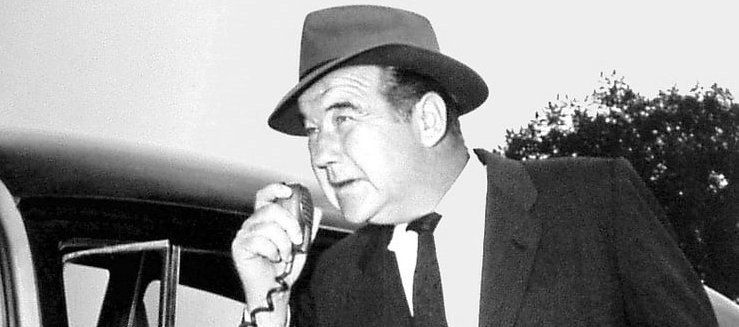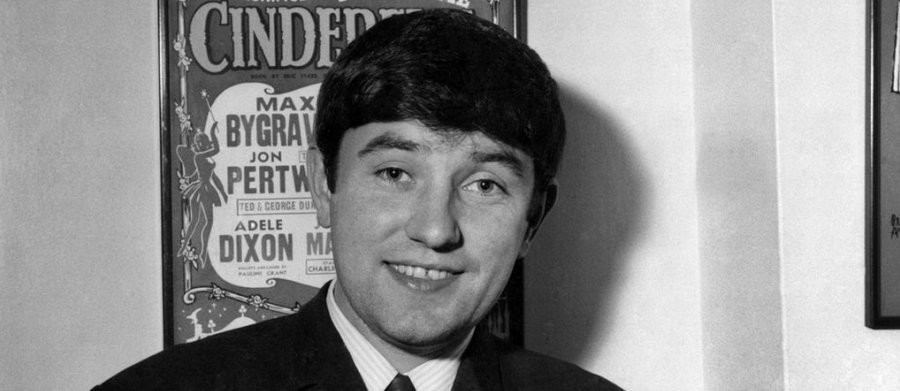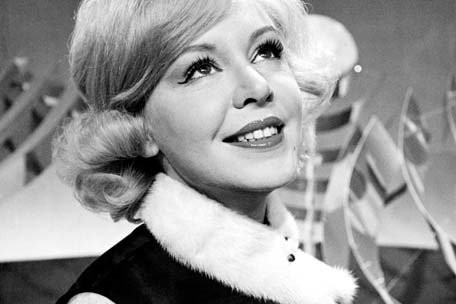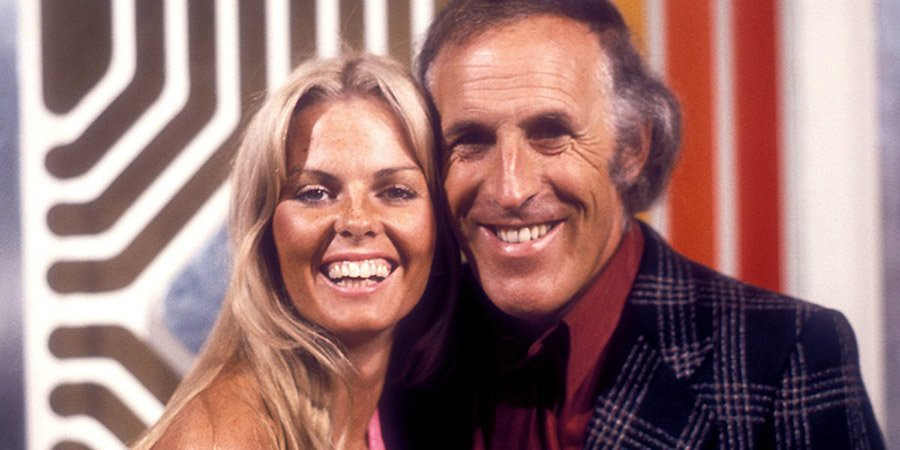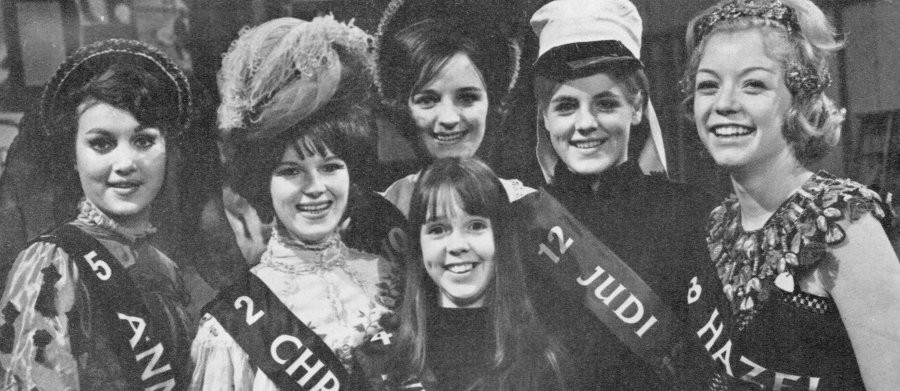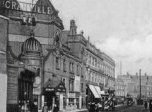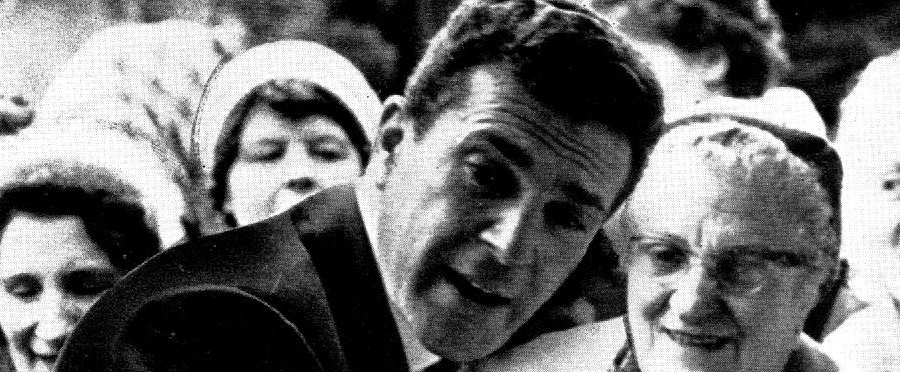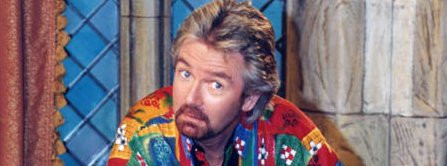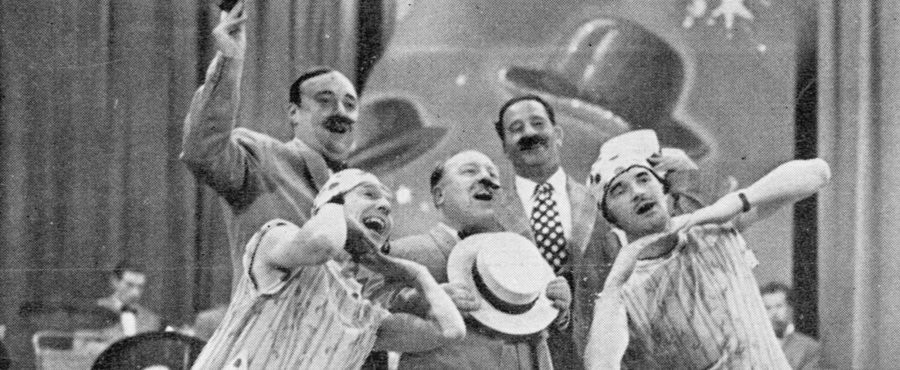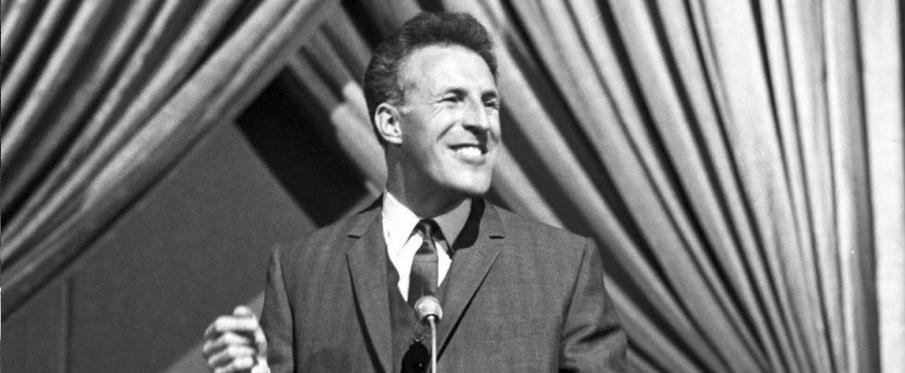
Sunday Night at the London Palladium
1955 - United KingdomDebuting on the first weekend of commercial television in the UK, from the very start Sunday Night at the London Palladium established itself as the highlight television show of the week for Britain's viewing millions - and immediately climbed to the top of the TV ratings. The show was the topic of conversation for millions in factories, offices and shop floors on Monday mornings and it even prompted one Church of England vicar-the Rev. D.P. Davies, of Holy Trinity Church, West End, Woking, Surrey-to start his Sunday evening service half an hour earlier, so that his congregation could get home in time to see the show. The British viewing public had never seen anything as spectacular as this on their TV sets before as the world's most celebrated stars and the best of home-grown talent was bought into their living rooms in an extravaganza of music, dance and comedy. Sunday Night at the London Palladium was very probably the one show, above all others, that helped establish Commercial Television.
Prior to 1910 Hengler's Circus stood on the site of the Palladium, but this was the golden era of the Music Hall, and the site was bought up and Frank Matcham, a famous theatrical architect -who also designed the London Coliseum- designed the Palladium we know today. But the 2,400 capacity theatre opened up to very limited success and failed to make an impact. Stars were dishing up old material which Londoners had seen time and time again and the public didn't feel the need to dig deeper into their pockets just to see second-rate acts just because they were being presented in a grand theatre.
With the Palladium not paying for itself, the theatre was sold to the music hall, cinema and racehorse owner Charles Gulliver owner of Variety Theatres Controlling Company Ltd., and in 1914 it got the Royal Seal of Approval when the first charity show was presented in front of King George V and Queen Mary. In 1928 Gulliver sold his interest in the VTCC to Walter Gibbons, who created the General Theatre Corporation (G.T.C.) consisting of 56 theatres, cinemas and dance halls. In September of that year George Black became Managing Director of the G.T.C., which now came under the control of the Gaumont-British Film Corporation. In 1932 the G.T.C. and Moss Empires merged with George Black in charge. He was now in control of 53 theatres, the Palladium included. The Booking Manager of the company, the man responsible for engaging all the artistes playing at the company's theatres, was a young man named Val Parnell.
The Palladium had the 'London' part of its name added in 1934 and in 1945 when George Black died, Parnell took over as Managing Director. It was then that he took complete charge of the theatre itself. When most of the theatres up and down the country were closing down due to poor attendances, Parnell threw caution to the wind and started to pay fabulous sums of money to bring to the Palladium the cream of the world's talent. When he was criticised for favouring American artists, he responded with "My job is to fill the theatre. If I feel British artists can do it, they will get the chance."
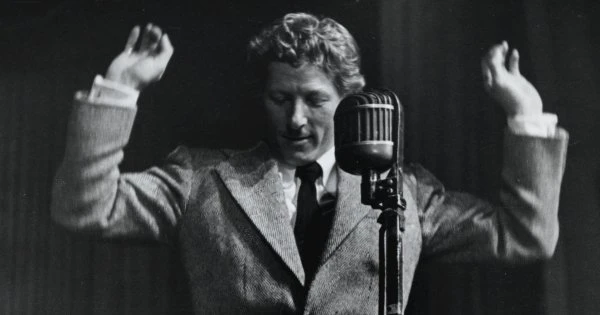
The first of the American acts to arrive was Mickey Rooney, but the Hollywood star received only a mixed reception. Then US superstar Danny Kaye arrived and proved to be a resounding success. For an hour he held the stage, talking, singing, dancing, chatting with the orchestra. He was a sensation. Kaye received rave reviews from the critics and for his third performance a thousand people queued outside the theatre's box office from Argyll Street to Oxford Street, lining up for just 350 "standing room only" tickets.
Another popular visitor to the Palladium was Jack Benny, who had been brought over to England for the first time by booking agent Lew Grade. Benny was nervous at first about appearing on stage in another country but received such a warm welcome that he returned on numerous occasions. Interviewed towards the end of the decade, Benny said, "I think Parnell knows more about vaudeville than any man in the business. The revival of vaudeville in America is entirely down to Val Parnell." What Benny had been referring to was the fact that stars like himself, Kaye, Bob Hope and Judy Garland, having appeared and been so well received in London, had gone home full of faith for live performances and eager to repeat the Palladium's success.
But by this time a new revolution was taking place in the business. Television was coming and it posed a much bigger threat to the theatre than the cinema ever had. The old order was changing, and Val Parnell was one of the first to realise what this meant. When Lew Grade invited Parnell to help form the board of one of British television's first commercial channels there is no doubt that Grade had his sights firmly set on the golden egg of the variety theatre with all its previously untapped (for television) talents. Up to that point theatre owners and booking agents up and down the country had resisted the lure of television fearful that it would spell the end of live theatre. Grade knew full well that the London Palladium could easily become the foundation on which Commercial Television's success was built.

When Val Parnell's Sunday Night at the London Palladium aired for the first time on 25 September 1955, it featured among its stars the legendary Lancashire Lass, Gracie Fields, and from the USA current singing sensation Guy Mitchell. The show was hosted by Tommy Trinder. South London born Tommy had been a regular at the Palladium since 1941 with the review Gangway, and was without doubt one of the top comics of the day. Loved by his audience he would always tell them how fortunate they were to see him perform with his good-natured catch phrase "you lucky people". On one occasion when a power failure blacked out the ITV network, Trinder ad-libbed for two hours. His first words when the picture was restored were "Welcome to Monday morning at the London Palladium". The audience roared its approval.
When, in 1958, Trinder was forced to give up hosting the Palladium show after falling out with Lew Grade, a replacement was sought. Another Val Parnell creation for ATV was a series called New Look. The series was well received by the critics and gave the opportunity for new talent to gain experience of TV and possibly to mould it into star material. The show's producer, Brian Tesler, put together a variety team that consisted of Joe Baker, Jack Douglas, Joyce Blair, Gillian Moran, Stephanie Voss, Ronnie Stevens, Roy Castle and Bruce Forsyth. However, when Parnell saw Forsyth perform for the first time, before the show had gone out on the air, he knew that he had found his new Palladium compere. Initially given a four-week run as front man, Forsyth was an instant hit and the series entered its golden era. Like Trinder before him, he had a natural ability for ad-libbing and audience participation. Within weeks audience figures rose to over 14 million households for the Sunday night spectacular, and in the process, a new star was born.
One of the mainstays of the show was the audience participation game Beat The Clock, which was based on an American quiz show of the same name, and involved married couples (picked from the theatre audience) playing silly games which they had to complete within a set time period with a chance of winning a maximum £1,800 jackpot. Although this section of the show was over quickly and put over as a bit of fun, it was taken quite seriously by the production team. It was down to 35 year-old Senior Studio Manager for ATV, Jim Smith to try out all the games first. Every week he would watch tapes of the American show. Interviewed around 1960, Smith said "Only 50 per cent turn out to be suitable for our shows. The American's seem to like guying their contestants and think nothing of deluging them with hosepipes and half smothering them in custard pies. With us anything in the way of personal embarrassment is absolutely out."
Occasionally, when the main host was away, another star would stand in. Hughie Green, a Canadian famous for his British TV quiz show Double Your Money was one such star, although his appearance was memorable for the wrong reason. He had just signed off the Beat The Clock contest with the usual words 'I'm afraid the clock has beaten us' - when it did just that. Down came the curtain and so did the heavy clock used at the back of the stage to time contestants during the game. It hit Green on the back of the neck and knocked him out cold. Stage hands quickly ran over to him and managed to bring him round during the commercial break and got him on his feet just long enough to introduce the top of the bill.
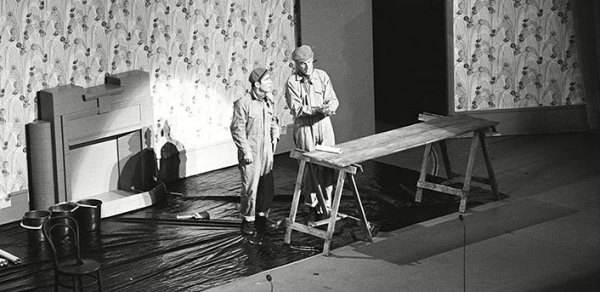
If there were any doubts as to Bruce Forsyth's pedigree, then they were laid to rest one memorable night in 1961 when a strike by Equity robbed Sunday Night at the London Palladium of its entire guest list. Forsyth however was not a member of Equity at the time; he was with the Variety Artist's Federation. So too was Norman Wisdom, another very popular all-round entertainer. On this night the two of them carried the entire show for the whole sixty minutes, in the process winning themselves critical acclaim and a new legion of admirers. That night, Bruce Forsyth lived up to his catch-phrase boast, "I'm in charge!"
Don Arrol, a virtually unknown comic took over from Bruce Forsyth in September 1960. He was 31 and had spent his adult life in show business doing stand-up comedy working in music halls all over the country. However his stint only lasted a year as Forsyth, who had been unwell, returned in September 1961 and Arrol moved on to compere the Black and White Minstrel Show and Candid Camera-amongst others.
Forsyth left the Palladium again in 1962 to be followed by Norman Vaughan, a Liverpool born entertainer who was still comparatively unknown, in spite of having made his TV debut in 1954. However, by the time he'd finished his three-year stint on the show he was very much a household name and went on to host The Golden Shot and co-devise the game show Bullseye.
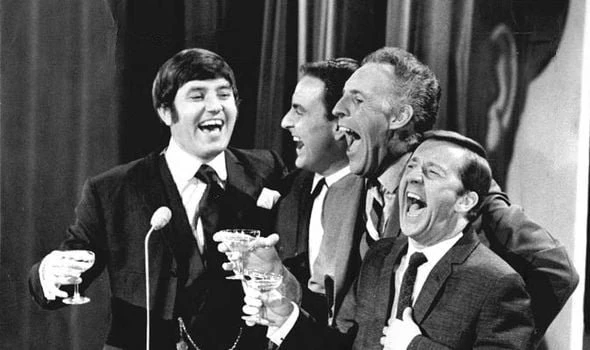
Vaughan was then followed by another Liverpudlian, Jimmy Tarbuck. Arriving on television in 1963's Comedy Bandbox, 'JT' arrived at the same time as the Merseysound boom and a fascination with everything Liverpool. When he appeared as front man on the Palladium show he had already made a number of visits there as a guest performer and his self-assured confidence made him the ideal compere. His first 'guest' appearance on the Palladium show caused quite a stir. He was meant to go on for 6 minutes and carried on for 9, causing Xavier Cugat and his band (who were topping the bill) to cut their act to make up time. Tarby became one of the biggest names in light entertainment in the 1960's and 70's and returned to the stage on a number of occasions for Live from the Palladium and Live from Her Majesty's throughout the 1980's.
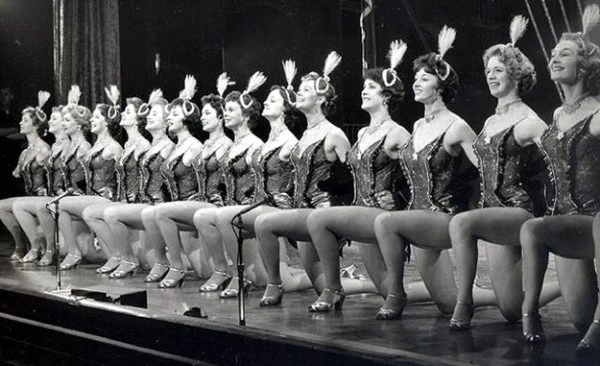
The format for the Palladium show never altered, it opened with the famous high-kicking Tiller Girls, a welcome from the host, a few acts and then Beat The Clock. In the second half another couple of acts were followed by the star turn, and the finale involved all the acts waving goodbye from the famous revolving stage. In its heyday 28 million viewers tuned in, at the time nearly half the population of the United Kingdom. The stars that appeared on the show or 'topped the bill' reads like a who's who of show business. Some notable guests encountered one or two problems: Judy Garland refused to go on the revolving stage because she was said to be too emotional, the Rolling Stones refused too, but their excuse was that it would upset their anti-establishment image. Mario Lanza accidentally punched his own bodyguard and Harry Secombe fell through a trap door. Viewers phoned in to say that they wanted to shoot a number of guests. But it wasn't all bad news; the day after the Beatles topped the bill, the British press, unable to believe how the West End of London had been brought to a complete standstill by the group's fans, discovered a new word: BEATLEMANIA.
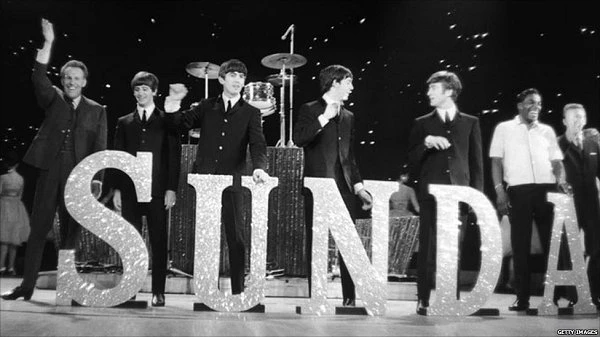
The Palladium's Sunday night curtain was brought down seemingly for the final time in 1967 but it didn't stay down for good. In 1973 Jim Dale hosted a new series, but it failed to make an impact with the viewers and it lasted just the one season. Jimmy Tarbuck returned with a little more success some years later but an attempt to revive it again in the year 2000, with Bruce Forsyth as compere, failed to win the approval of critics or viewers alike. A 2014 revival, Sunday Night at the Palladium, seems to be a pale imitation of the original. With a different host each week, an uninspiring 'quiz' and a lack of home-grown talent, the show only received a lukewarm reception from critics. In 2016 the mid-week Tonight At The London Palladium was hosted by entertainer, actor and presenter Bradley Walsh who with his warm easy-going style and his cheeky rapport with the audience bought a reminiscent feel of the Bruce Forsyth era. However, times have changed and so has public taste and the Palladium show had at best a respectable viewing audience. Which is a shame because for 12 golden years there was only one place to be on a Sunday night ... at the London Palladium.
RELATED ARTICLE
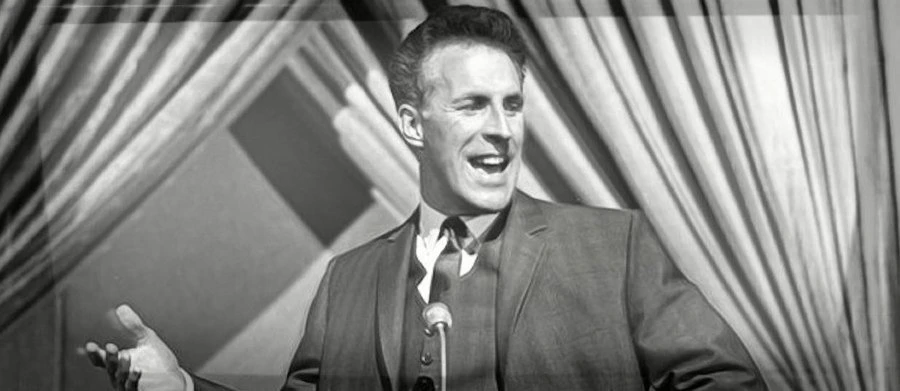
Seen this show? How do you rate it?
Seen this show? How do you rate it?
Published on February 4th, 2019. Written by Laurence Marcus (2005 & 2019) for Television Heaven.


